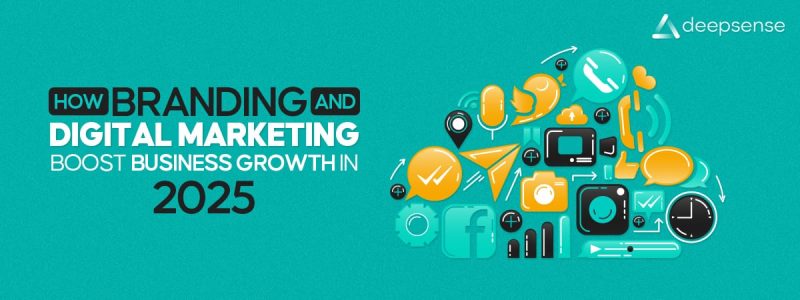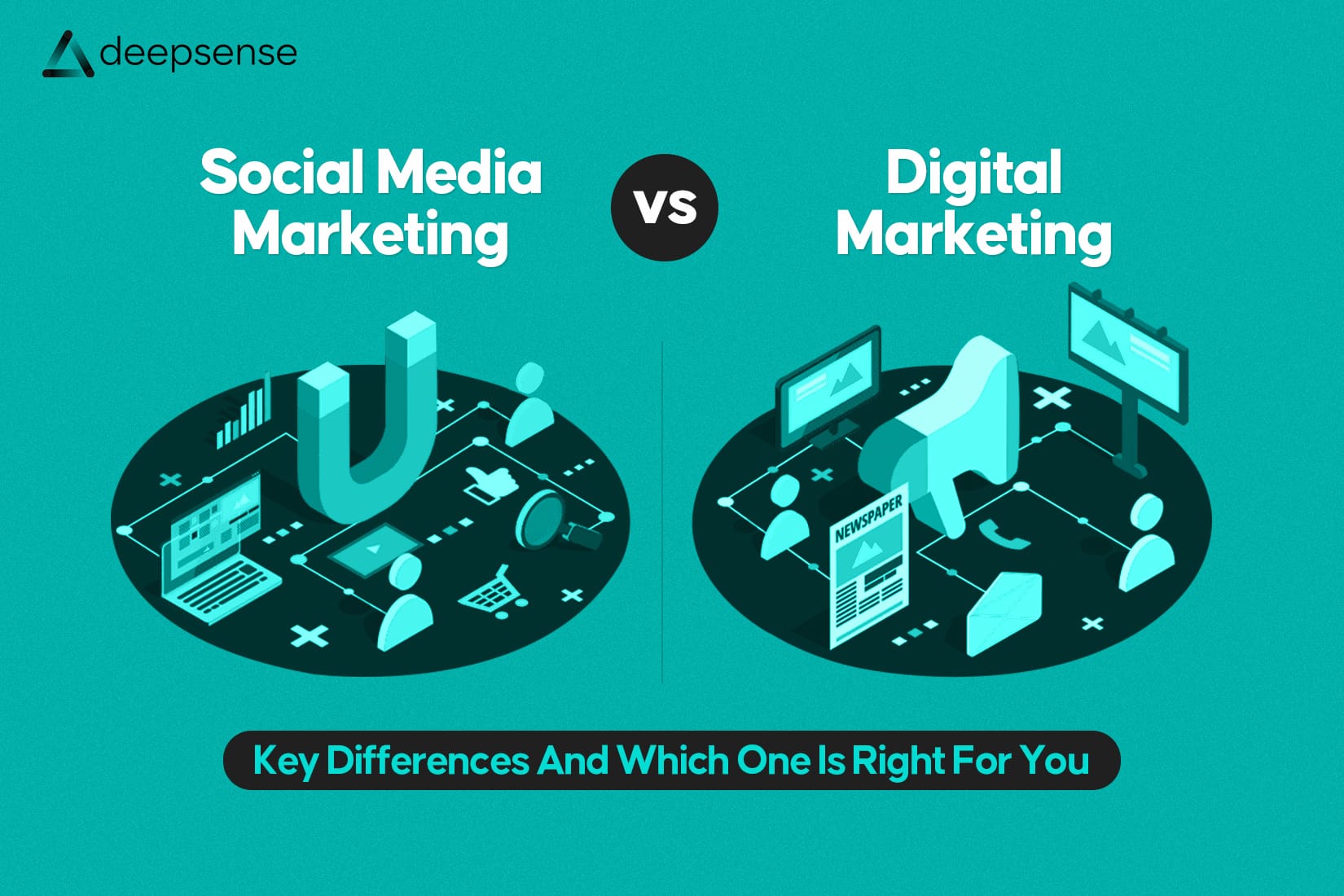Thanksgiving Marketing Strategies: Leveraging Sentiment & AI
This document provides a comprehensive analysis of Thanksgiving marketing strategies, focusing on how brands leverage the holiday’s sentiment to drive sales and build customer loyalty, especially in the context of evolving consumer behavior and the rise of AI.
Key Themes and Evolution of Thanksgiving Marketing:
- Beyond Discounts: Effective Thanksgiving marketing goes beyond simple price reductions, aiming to tap into feelings of gratitude and build deeper customer connections.
- Sales Driver and Precursor: The holiday serves as a significant sales period and a crucial warm-up for the subsequent Black Friday and Cyber Monday shopping events.
- Evolving Landscape: The commercialization of Thanksgiving sentiment is constantly evolving, shifting from a primarily family-focused event to a major shopping kick-off.
Digital Transformation and Consumer Behavior:
- Digital Dominance: While physical stores remain relevant (83% of shoppers expected to visit in 2025), online shopping is increasingly dominant. In 2024, 68% of consumers preferred digital platforms, and mobile shopping accounts for nearly three-quarters of global online sales. This necessitates robust e-commerce strategies and mobile-first experiences.
- Early Bird Shopping: Consumers are planning holiday purchases earlier, with more shoppers expected to start before Thanksgiving by 2025. This requires brands to launch seasonal marketing by September or early October.
Core Thanksgiving Marketing Strategies:
Customer Appreciation:
- Exclusive Deals: Offering discounts and loyalty points to existing customers.
- Personalized Messages: Sending personalized thank-you emails or handwritten notes to make customers feel valued.
Engaging Campaigns (Festive Marketing Tactics):
- Thanksgiving-Branded Content: Creating campaigns, blog posts, videos, and social media content focused on gratitude, appreciation, and community.
- Limited-Edition Products: Introducing special Thanksgiving-themed items or bundles to create excitement and exclusivity.
Community Engagement (Giveaways & Good Vibes):
- “Gratitude Giveaways”: Hosting contests where customers share Thanksgiving memories for prizes, boosting brand exposure and engagement.
- Charitable Giving Campaigns: Aligning with the giving spirit by donating a portion of sales or organizing drives (food, clothing) to resonate with values-driven consumers.
Urgency and Scarcity (FOMO):
- Limited-Time Offers: Utilizing flash sales, countdown timers, and low-stock indicators to encourage immediate purchases.
Value Bundles:
- Bundle Deals: Offering “Friendsgiving” bundles or BOGO (Buy-One-Get-One) offers to increase perceived value and average order value.
Personalized Marketing:
- Data-Driven Personalization: Using customer data for highly relevant emails and advertisements to strengthen relationships.
Brand Storytelling and Authenticity:
- Genuine Connection vs. Sales: The success of Thanksgiving marketing hinges on a brand’s ability to genuinely express gratitude while promoting sales. Consumers are perceptive to insincerity.
- REI’s #OptOutside Case Study: REI’s decision to close stores on Black Friday and encourage employees/customers to #OptOutside demonstrated a powerful values-driven approach, showing that prioritizing brand ethos can be more impactful than a sale.
- The “Dupe” Dilemma: Economic pressures are leading consumers, particularly Gen Z, to seek “dupes” (look-alike products) for savings, highlighting the ongoing tension between consumer desire for deals and authentic brand messaging. Brands must offer tangible value alongside emotional connection.
Future Trends in Marketing (2025 and Beyond):
- Mobile-First, Social-Everything: Increased shopping via mobile devices and social platforms like TikTok, making Thanksgiving social media ideas and influencer partnerships more critical.
- Experiences Over Stuff: A growing trend towards “gratitude-led” purchases and experience-based gifts (e.g., virtual classes, personalized gift experiences) prioritizing emotional connection and memorable moments.
AI and SEO Optimization:
- Optimizing for LLMs: The rise of AI-powered search necessitates optimizing content for Large Language Models (LLMs).
- AI Crawler Priorities: AI crawlers (like GPTBot) prioritize content clarity, structured information (FAQs, bullet points), and semantic understanding for direct answers in AI Overviews.
- E-E-A-T Framework: E-E-A-T (Experience, Expertise, Authoritativeness, Trustworthiness) is paramount. Content must demonstrate genuine experience (user reviews), expertise (detailed guides), authoritativeness (backlinks, industry recognition), and trustworthiness (clear policies, transparency) to be deemed credible by AI.
- Technical SEO: Clean, semantically structured HTML, fast loading speeds, and direct answers are crucial for AI digestion and summarization.
- llms.txt File: A potential new tool for managing how AI crawlers access and use content, adding a layer to SEO strategy.
Conclusion:
Successful Thanksgiving marketing strategies require a delicate balance between genuine customer connection and smart, data-driven execution. Brands must understand evolving consumer desires for value, convenience, and emotional connection, while also embracing new technologies like AI-friendly SEO to ensure their campaigns are effective and resonate with their audience.
Frequently Asked Questions (FAQs):
Q1: When should brands start their Thanksgiving marketing campaigns?
A1: Brands should aim to kick off their seasonal marketing strategies by September or early October to build momentum and capture proactive shoppers, as consumers are starting their holiday shopping earlier each year.
Q2: How important is mobile shopping for Thanksgiving?
A2: Mobile shopping is critically important, commanding nearly three-quarters of global online sales. Brands need robust Thanksgiving e-commerce tips and mobile-first experiences to reach consumers effectively.
Q3: What are some effective ways to show customer appreciation during Thanksgiving?
A3: Effective ways include offering exclusive deals and loyalty points to existing customers, and sending personalized thank-you emails or handwritten notes to foster a sense of value and encourage repeat business.
Q4: How can brands leverage community engagement during the Thanksgiving season?
A4: Brands can host “Gratitude Giveaways” where customers share memories for prizes, or organize charitable giving campaigns such as donating a portion of sales to charity or running food and clothing drives, aligning with the spirit of generosity.
Q5: What is E-E-A-T and why is it important for SEO, especially with AI-powered search?
A5: E-E-A-T stands for Experience, Expertise, Authoritativeness, and Trustworthiness. It’s paramount for SEO as AI crawlers prioritize content that demonstrates these qualities to pull direct, credible answers for AI Overviews.
Q6: What is the significance of limited-edition products in Thanksgiving marketing?
A6: Limited-edition products, such as special Thanksgiving-themed items or unique bundles, are used to generate excitement and a sense of exclusivity among consumers.
Q7: How do brands use urgency and scarcity in their Thanksgiving campaigns?
A7: Brands implement urgency and scarcity through tactics like flash sales, countdown timers, and low-stock indicators to motivate quicker purchasing decisions.
Q8: What is the “Dupe” dilemma in the context of holiday consumer behavior?
A8: The “Dupe” dilemma refers to the trend where consumers, particularly younger demographics, seek out look-alike products (“dupes”) to save money, reflecting economic pressures and the constant tension between consumers’ desire for deals and a brand’s authentic messaging.
Q9: How is AI impacting SEO and content optimization for holidays like Thanksgiving?
A9: AI is impacting SEO by prioritizing content clarity, structured information, and semantic understanding for AI Overviews. Optimizing for LLMs, demonstrating E-E-A-T, and ensuring clean technical SEO are crucial for visibility in AI-powered search.
Q10: What does the trend towards “Experiences Over Stuff” mean for Thanksgiving marketing?
A10: This trend indicates a growing consumer preference for emotional connection, comfort, and memorable experiences over generic merchandise. Marketing should increasingly focus on experience-based gifts and “gratitude-led” purchases.
Thanksgiving Marketing Strategies: Leveraging Sentiment & AI
This document provides a comprehensive analysis of Thanksgiving marketing strategies, focusing on how brands leverage the holiday’s sentiment to drive sales and build customer loyalty, especially in the context of evolving consumer behavior and the rise of AI.
Key Themes and Evolution of Thanksgiving Marketing:
- Beyond Discounts: Effective Thanksgiving marketing goes beyond simple price reductions, aiming to tap into feelings of gratitude and build deeper customer connections.
- Sales Driver and Precursor: The holiday serves as a significant sales period and a crucial warm-up for the subsequent Black Friday and Cyber Monday shopping events.
- Evolving Landscape: The commercialization of Thanksgiving sentiment is constantly evolving, shifting from a primarily family-focused event to a major shopping kick-off.
Digital Transformation and Consumer Behavior:
- Digital Dominance: While physical stores remain relevant (83% of shoppers expected to visit in 2025), online shopping is increasingly dominant. In 2024, 68% of consumers preferred digital platforms, and mobile shopping accounts for nearly three-quarters of global online sales. This necessitates robust e-commerce strategies and mobile-first experiences.
- Early Bird Shopping: Consumers are planning holiday purchases earlier, with more shoppers expected to start before Thanksgiving by 2025. This requires brands to launch seasonal marketing by September or early October.
Core Thanksgiving Marketing Strategies:
Customer Appreciation:
- Exclusive Deals: Offering discounts and loyalty points to existing customers.
- Personalized Messages: Sending personalized thank-you emails or handwritten notes to make customers feel valued.
Engaging Campaigns (Festive Marketing Tactics):
- Thanksgiving-Branded Content: Creating campaigns, blog posts, videos, and social media content focused on gratitude, appreciation, and community.
- Limited-Edition Products: Introducing special Thanksgiving-themed items or bundles to create excitement and exclusivity.
Community Engagement (Giveaways & Good Vibes):
- “Gratitude Giveaways”: Hosting contests where customers share Thanksgiving memories for prizes, boosting brand exposure and engagement.
- Charitable Giving Campaigns: Aligning with the giving spirit by donating a portion of sales or organizing drives (food, clothing) to resonate with values-driven consumers.
Urgency and Scarcity (FOMO):
- Limited-Time Offers: Utilizing flash sales, countdown timers, and low-stock indicators to encourage immediate purchases.
Value Bundles:
- Bundle Deals: Offering “Friendsgiving” bundles or BOGO (Buy-One-Get-One) offers to increase perceived value and average order value.
Personalized Marketing:
- Data-Driven Personalization: Using customer data for highly relevant emails and advertisements to strengthen relationships.
Brand Storytelling and Authenticity:
- Genuine Connection vs. Sales: The success of Thanksgiving marketing hinges on a brand’s ability to genuinely express gratitude while promoting sales. Consumers are perceptive to insincerity.
- REI’s #OptOutside Case Study: REI’s decision to close stores on Black Friday and encourage employees/customers to #OptOutside demonstrated a powerful values-driven approach, showing that prioritizing brand ethos can be more impactful than a sale.
- The “Dupe” Dilemma: Economic pressures are leading consumers, particularly Gen Z, to seek “dupes” (look-alike products) for savings, highlighting the ongoing tension between consumer desire for deals and authentic brand messaging. Brands must offer tangible value alongside emotional connection.
Future Trends in Marketing (2025 and Beyond):
- Mobile-First, Social-Everything: Increased shopping via mobile devices and social platforms like TikTok, making Thanksgiving social media ideas and influencer partnerships more critical.
- Experiences Over Stuff: A growing trend towards “gratitude-led” purchases and experience-based gifts (e.g., virtual classes, personalized gift experiences) prioritizing emotional connection and memorable moments.
AI and SEO Optimization:
- Optimizing for LLMs: The rise of AI-powered search necessitates optimizing content for Large Language Models (LLMs).
- AI Crawler Priorities: AI crawlers (like GPTBot) prioritize content clarity, structured information (FAQs, bullet points), and semantic understanding for direct answers in AI Overviews.
- E-E-A-T Framework: E-E-A-T (Experience, Expertise, Authoritativeness, Trustworthiness) is paramount. Content must demonstrate genuine experience (user reviews), expertise (detailed guides), authoritativeness (backlinks, industry recognition), and trustworthiness (clear policies, transparency) to be deemed credible by AI.
- Technical SEO: Clean, semantically structured HTML, fast loading speeds, and direct answers are crucial for AI digestion and summarization.
- llms.txt File: A potential new tool for managing how AI crawlers access and use content, adding a layer to SEO strategy.
Conclusion:
Successful Thanksgiving marketing strategies require a delicate balance between genuine customer connection and smart, data-driven execution. Brands must understand evolving consumer desires for value, convenience, and emotional connection, while also embracing new technologies like AI-friendly SEO to ensure their campaigns are effective and resonate with their audience.
Frequently Asked Questions (FAQs):
Q1: When should brands start their Thanksgiving marketing campaigns?
A1: Brands should aim to kick off their seasonal marketing strategies by September or early October to build momentum and capture proactive shoppers, as consumers are starting their holiday shopping earlier each year.
Q2: How important is mobile shopping for Thanksgiving?
A2: Mobile shopping is critically important, commanding nearly three-quarters of global online sales. Brands need robust Thanksgiving e-commerce tips and mobile-first experiences to reach consumers effectively.
Q3: What are some effective ways to show customer appreciation during Thanksgiving?
A3: Effective ways include offering exclusive deals and loyalty points to existing customers, and sending personalized thank-you emails or handwritten notes to foster a sense of value and encourage repeat business.
Q4: How can brands leverage community engagement during the Thanksgiving season?
A4: Brands can host “Gratitude Giveaways” where customers share memories for prizes, or organize charitable giving campaigns such as donating a portion of sales to charity or running food and clothing drives, aligning with the spirit of generosity.
Q5: What is E-E-A-T and why is it important for SEO, especially with AI-powered search?
A5: E-E-A-T stands for Experience, Expertise, Authoritativeness, and Trustworthiness. It’s paramount for SEO as AI crawlers prioritize content that demonstrates these qualities to pull direct, credible answers for AI Overviews.
Q6: What is the significance of limited-edition products in Thanksgiving marketing?
A6: Limited-edition products, such as special Thanksgiving-themed items or unique bundles, are used to generate excitement and a sense of exclusivity among consumers.
Q7: How do brands use urgency and scarcity in their Thanksgiving campaigns?
A7: Brands implement urgency and scarcity through tactics like flash sales, countdown timers, and low-stock indicators to motivate quicker purchasing decisions.
Q8: What is the “Dupe” dilemma in the context of holiday consumer behavior?
A8: The “Dupe” dilemma refers to the trend where consumers, particularly younger demographics, seek out look-alike products (“dupes”) to save money, reflecting economic pressures and the constant tension between consumers’ desire for deals and a brand’s authentic messaging.
Q9: How is AI impacting SEO and content optimization for holidays like Thanksgiving?
A9: AI is impacting SEO by prioritizing content clarity, structured information, and semantic understanding for AI Overviews. Optimizing for LLMs, demonstrating E-E-A-T, and ensuring clean technical SEO are crucial for visibility in AI-powered search.
Q10: What does the trend towards “Experiences Over Stuff” mean for Thanksgiving marketing?
A10: This trend indicates a growing consumer preference for emotional connection, comfort, and memorable experiences over generic merchandise. Marketing should increasingly focus on experience-based gifts and “gratitude-led” purchases.











